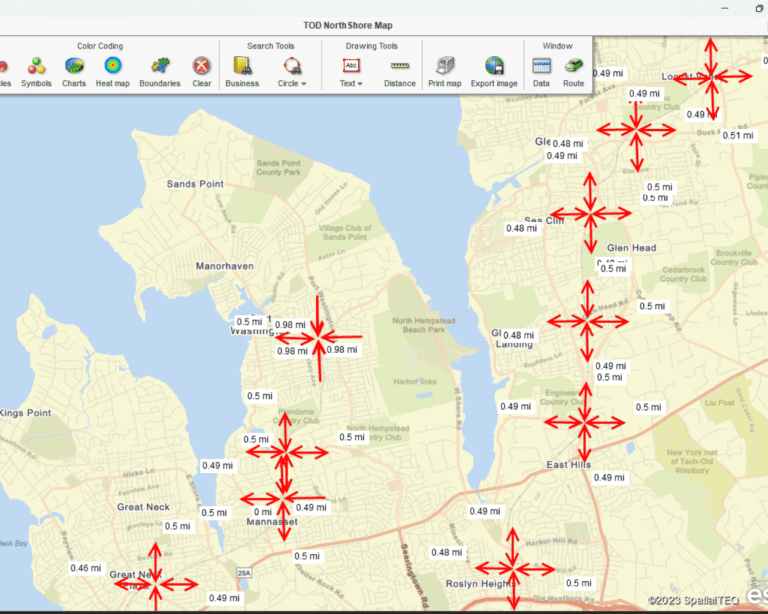
By Jennifer Wilson
Gov. Kathy Hochul has included a proposition in her fiscal 2024 budget to increase housing, particularly in New York City and surrounding suburbs. Her proposal calls for high density housing within a half mile of all train stations. The highest density is targeted to areas within 15 miles of the New York City border, which includes almost all of Nassau County.
It removes environmental considerations and ignores environmental issues already facing the Island. Unlike NYC with its extensive system of reservoirs, Nassau and Suffolk are dependent on our sole source aquifer for drinking water, and we are already withdrawing supplies faster than water is being recharged. Add more impervious surface in the form of high-density housing and even less water will be able to infiltrate into the ground.
More people produce more poop, taxing already at capacity sewage treatment systems, increasing nitrogen pollution. Nitrogen is identified as a pollutant of most concern, identified as leading to algal blooms and hypoxic dead zones in the bays and Sound.
Some areas that would fall into this high density zone, like Plandome and Manhasset, are not sewered, so all of that additional human waste is being injected into the ground and eventually adjacent waterbodies or the aquifer unless new high tech septic systems are installed.
Most municipalities on the island fall under the MS4 regulations from the state and federal government to improve surface water quality and remove pollutants like nitrogen and pathogens. They are required to make progress and report annually on how they are doing this. These imposed changes to zoning will make complying with regulations more difficult if not impossible.
According to the memo of support for the legislation, municipalities located within 15 miles of New York City would have to allow for an average of 50 housing units per acre within a one-mile circle around train stations. Cities, villages and towns would not be permitted to enact regulations that “effectively prevent” this. Cities, villages, and towns would be required to amend their comprehensive plans and local land use regulations to conform to this density requirement.
Let’s look at that. I live in the most densely populated village in Nassau, Manorhaven-2,800 housing units and 7,000 residents in a half square mile. Our standard building lot is 40×100 for one- and two-family houses. That’s 10 to 20 homes per acre. Fifty units would eliminate one- or even two-family homes, with a footprint of 871 square foot per unit, so multi-story buildings are going to be required to meet this target. In that one-mile radius of roughly 502 acres around a train station, that could potentially add over 25,000 units of housing, all multi-story, at full build out.
There are clauses that allow developers to appeal any restrictions imposed by local municipalities to the state, and penalties for municipalities that fail to meet target goals (3% increase in housing in three years) essentially turning over zoning control to a state board.
This ignores basic realities of life on Long Island. Limited and finite water supply. The struggle to reduce nitrogen pollution from sewage treatment plants and unsewered residences. The increased pressure on remaining open space for recreation, the loss of habitat for birds, insects and animals. Increased air pollution from thousands of additional vehicles that won’t have designated parking posts.
The reality of the burbs is that even if you commute to work via a train, you shop in a car. Less than 20% of Nassau County residents work in NYC, so the other 80% generally need cars as inter-county transportation is sorely lacking. Traffic congestion and lack of parking are already major areas of complaint, not to mention the additional air pollution affecting human health.
No one argues that affordable housing and work force housing are lacking on the Island. Redeveloping commercial corridors, like the apartment complexes in Mineola built adjacent to the train station and on a major roadway, Old Country Road, across from government buildings, is what is needed. Abandoned commercial sites, like the Sears building in Hicksville, would be ideal for this kind of increase.
This is not a NIMBY issues, it’s one of imposing a radical one-size fits all formula without consulting local officials and environmental experts, high-density housing at the cost of accelerated environmental degradation.






